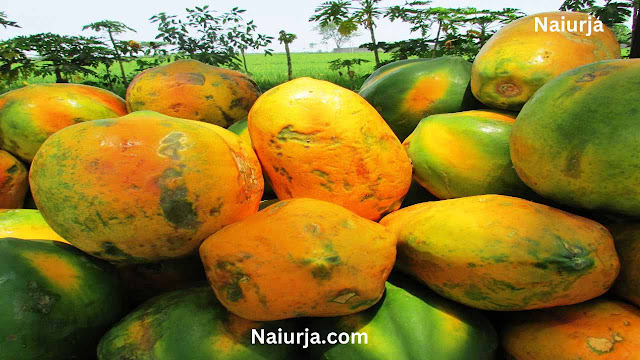What are the five causes of back pain, its symptoms, when it starts, what are its 5 simple exercises and how to manage this problem
What age does back pain start
Back pain can start at any age, although it is more common as people get older. Studies show that approximately 80% of adults will experience back pain at some point in their lives.
Back pain can be caused by a variety of factors, including poor posture, lack of regular exercise, obesity, aging, injury, or medical conditions like arthritis, osteoporosis, and herniated discs. Some of these factors may be more likely to occur as people get older, which may contribute to the increased incidence of back pain in older adults.
It’s important to note that not all back pain is related to age. Younger people can experience back pain as a result of poor posture, overuse or injury, or medical conditions. Additionally, people of any age can take steps to prevent back pain by maintaining a healthy lifestyle, including regular exercise, good posture, and a balanced diet. If you experience persistent or severe back pain, it’s important to consult with a healthcare provider to determine the underlying cause and the best course of treatment.
Who can get back pain
Back pain can affect people of all ages and can be caused by a variety of factors, including:
Inactivity or lack of regular exercise
Obesity or being overweight
Aging and degenerative changes in the spine
Genetics and family history
Injury, trauma, or overuse
Anyone can experience back pain, but certain factors may increase the risk of developing it. For example, people who have jobs that require heavy lifting, prolonged sitting, or repetitive bending and twisting may be more prone to back pain. Additionally, people with certain medical conditions or who smoke may also be more likely to experience back pain.
It’s important to maintain a healthy lifestyle, including regular exercise, good posture, and a balanced diet, to help prevent back pain. If you do experience back pain, be sure to consult with a healthcare provider to determine the underlying cause and the best course of treatment.
Back pain symptoms
Back pain can present in many different ways, depending on the underlying cause and the severity of the pain. Some common symptoms of reverse pain include :-
Dull, aching pain :- Back pain can often feel like a dull, constant ache in the lower back. The pain may be mild or severe and may be aggravated by movement.
Sharp pain :- Some people experience sharp, shooting pain in the back. This type of pain may be more severe and may be triggered by sudden movements or changes in position.
Stiffness :- Back pain can also cause stiffness or reduced range of motion in the back. You may have difficulty bending or twisting, and may feel like your back is “locked up”.
Tingling or numbness :- In some cases, back pain may be accompanied by tingling or numbness in the back, legs, or feet. This may be a sign of nerve involvement.
Weakness :- Back pain can also cause weakness in the legs, making it difficult to stand, walk, or climb stairs.
Pain that worsens with certain activities :- Back pain may be aggravated by certain activities, such as prolonged sitting, bending, or lifting heavy objects.
Limited mobility :- Severe back pain can limit your ability to perform routine activities, such as getting dressed or taking a shower.
It’s important to consult with a healthcare provider if you experience persistent or severe back pain, especially if you have any other symptoms like fever, unexplained weight loss, or difficulty urinating, as these may be signs of a more serious underlying condition.
Read also :- Know 7 side effects of papaya so that you are safe


.jpg)
.jpg)
.jpg)
.jpg)
.jpg)



.jpg)
.jpg)
.jpg)
